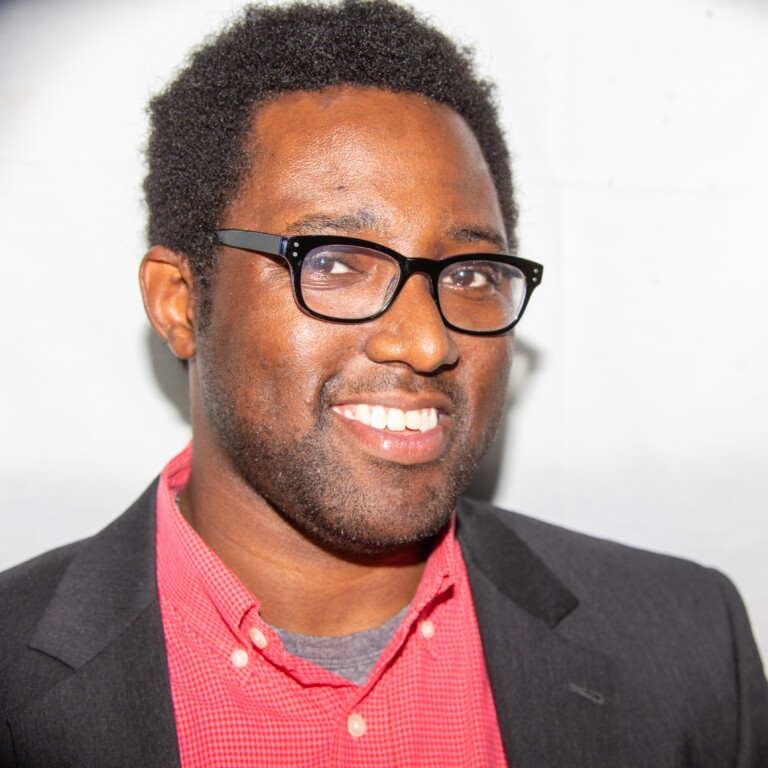The Highway 17 North Heritage Trail has three stops and one mission: preserving the legacy of Augusta Savage, A. Philip Randolph and brothers James Weldon and J. Rosamond Johnson.
Kiosks with biographical information on the quartet will open this summer in Jacksonville, Green Cove Springs and Crescent City.
Each was designed by a local artist. Jacksonville’s was designed by Marsha Hatcher; the Green Cove Springs kiosk was designed by Barbara Cornett; and the Crescent City kiosk was designed by students in Erin Delaney’s art classes at Crescent City Junior-Senior High School.
Edward Waters University history professor David Jamison says Jacksonville was a community where African Americans migrated in the early 20th century.
“One thing that people will really recognize with this exhibit is that when the figures that we’re talking about, when they were in Jacksonville, it was before they became famous,” Jamison says. “We really get to see them in their formative years.”
Savage is a Green Cove Springs native who became a notable sculptor during the Harlem Renaissance. She was the first person to open a gallery dedicated to African American art.
Randolph, an organizer of the March on Washington and a longtime labor leader, was born in Crescent City. Randolph was the valedictorian at the Cookman Institute here before he moved north.
The Johnson brothers were Jacksonville natives who were educators, musicians and civil rights leaders who remain two of the city’s most renowned sons.
“I was really fascinated by this idea of a small migration,” Jamison says. “We know about the Great Migration where after the Civil War, World War I and World War II a large number of African Americans moved to cities in the West, Midwest and North in order for better opportunities and to escape racism and lynchings. But, there were also these small migrations of rural Blacks from small towns who sometimes went to the largest Black mecca, whether it’s Jacksonville or Atlanta or any sort of larger city to make their way before they would go on to the North or the Midwest.”
Funding for the kiosks was funded by Florida Humanities. Jamison says Northeast Florida artists, activists and historians banded together for more than two years.
The Jacksonville kiosk will be next to the Jacksonville Urban League headquarters at 903 Union Street. The Green Cove Springs and Crescent City kiosk locations will be identified later this summer. The designs will be unveiled Monday afternoon at 5 p.m. at Old St. Andrews Church on A. Philip Randolph Street on the Eastside.







